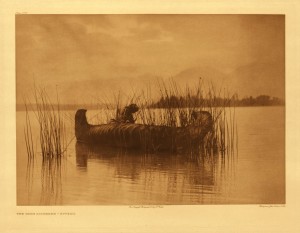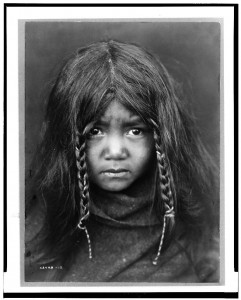
Figure 1 – The first photograph, “View from the Window at Le Gras, 1826”, in the public domain in the United States.
The first photograph, certainly the first photograph currently in existence, is usually credited to French amateur scientist, Joseph Nicéphore Niépce (1765-1833). This image, “View from the Window at Le Gras”, produced on pewter is currently in the collection of the Henry Ransom Center at the University of Texas at Austin.
Niépce first experimented successfully with copying engravings onto lithographer’s’ stones, using a process he referred to as heliography as early as 1824. (The term, photograph, was first used by astronomer, John Herschel, in 1839.) Eventually he settled upon using pewter plates as a support medium. In the summer of 1826, in the window of his upper-story workroom at Le Gras, Niépce set up a camera obscura using a polished pewter plate coated with bitumen of Judea (an asphalt derivative of petroleum) and exposed the plate for at least eight hours. The exposed regions of the plate became hardened by the light, much like dentist currently cure cements with UV light. Niépce removed the plate and used a mixture of oil of lavender and white petroleum to dissolved away the the unhardened bitumen. This produced a direct positive image on the pewter, which has now lasted close to two hundred years.
Niépce formed a partnership with the French artist Louis Jacques Mandé Daguerre (1787-1851), in 1829 and he died of a stroke in 1833. Daguerre, of course, went on to invent the daguerreotype in 1838. The two are generally attributed, along with Englishman Henry Fox Talbot, with the invention of photography. Readers are also referred, however, to the important work of Hércules Florence, who after Niépce but before Daguerre made important contributions to the invention. Florence worked obscurely in Brazil and as a result was not recognized by his contemporaries.



